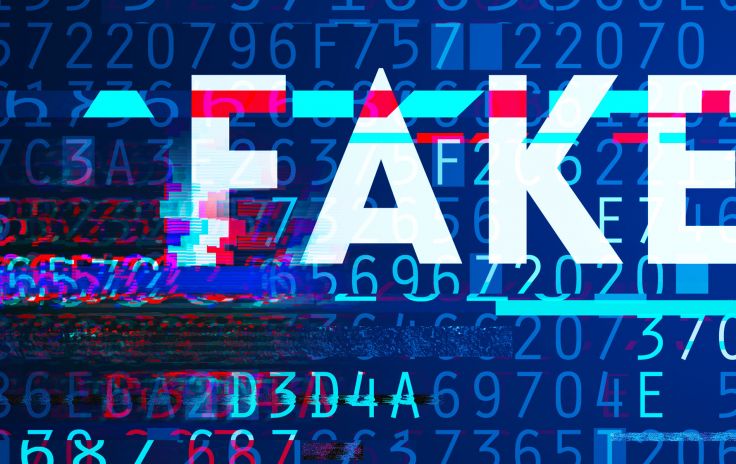Deepfake Detection Challenge: Comarch among the best

The team representing Comarch was among the top 7% of participants, winning a bronze medal in an open competition for an algorithm detecting manipulations in video materials. The competition is organized by technological giants: Facebook, Amazon and Microsoft.
Preliminary results were announced at the end of April, then revised and officially announced at the end of June. The challenge was taken up by more than 2 thousand teams from all over the world, and the number of submitted algorithms exceeded 35 thousand.
Deepfake is an image or film generated by artificial intelligence: you "swap" someone's face for another and spread fake content that can have a big impact on society, explains Joanna Baciak, Senior Data Scientist at Comarch. One of the most famous examples is a video where President Obama says things he never really said. The fake video in question features the former president who swears and insults Donald Trump.
It's very easy to create such material today. That's why the world's biggest technology companies are involved in the Deepfake Detection Challenge, says Magdalena Żurawska, Machine learning engineer.
The contest takes place online, on kaggle.com, a community of data scientists and machine learning practitioners. Anyone can apply. Joanna Baciak and Magdalena Żurawska of Comarch ranked among the best 7% of participants, winning a bronze medal. The ranking of the competition was determined by percentage, so in order to be on the podium it was necessary to be in the top 10% of the best teams, which Comarch’s Team achieved.
Based on the data set made available on kaggle.com, it was possible to train data models and compare them to those of other participants. Final scripts were evaluated against another data set; these evaluations were then used to create the final ranking, explains Joanna Baciak.
The participants had almost 4 months to develop the solution. The winner was Selim Seferbekov from Belarus.
Dozens of criteria are taken into account when detecting fake videos, from colors to inconsistent body movements.